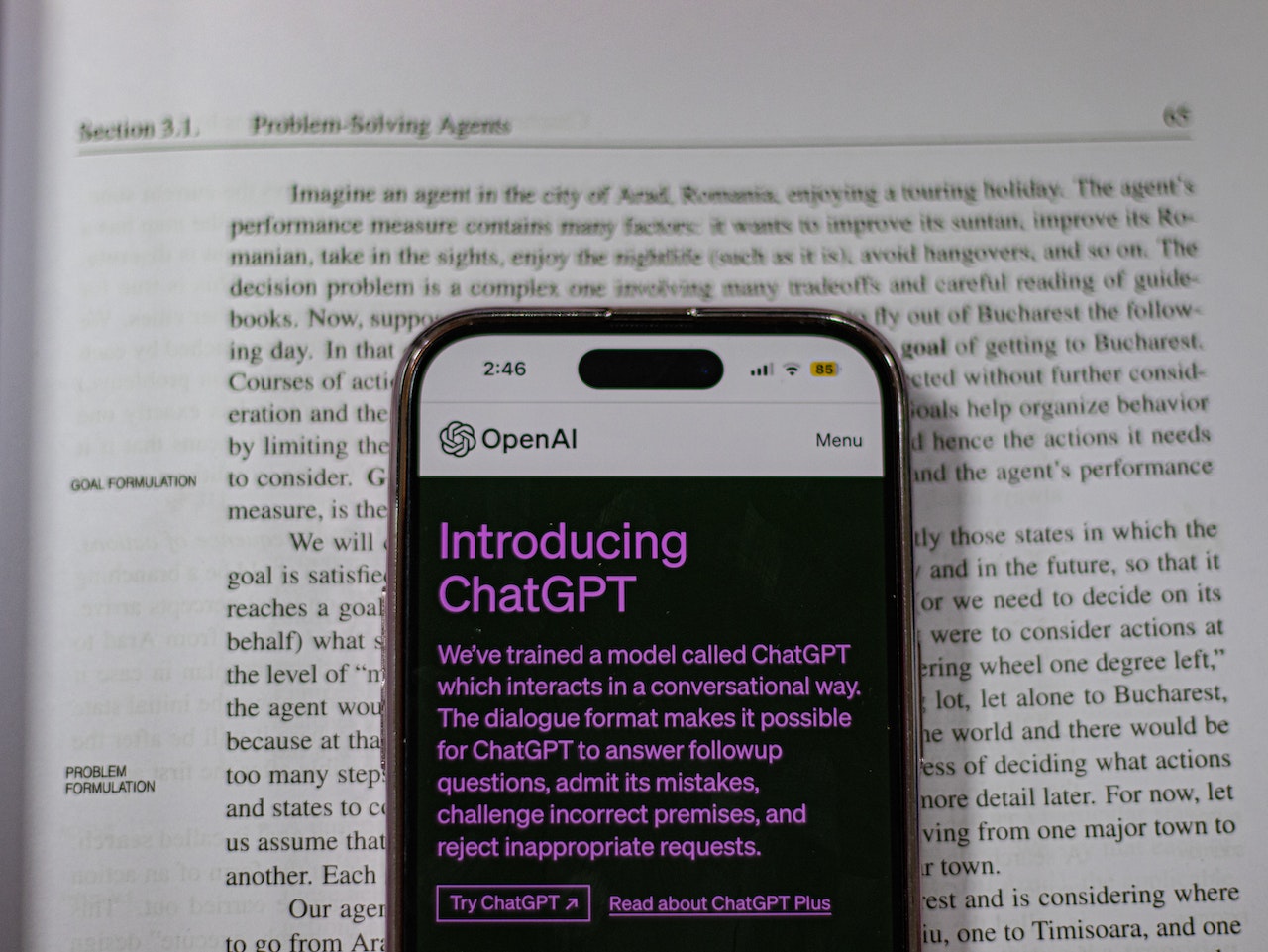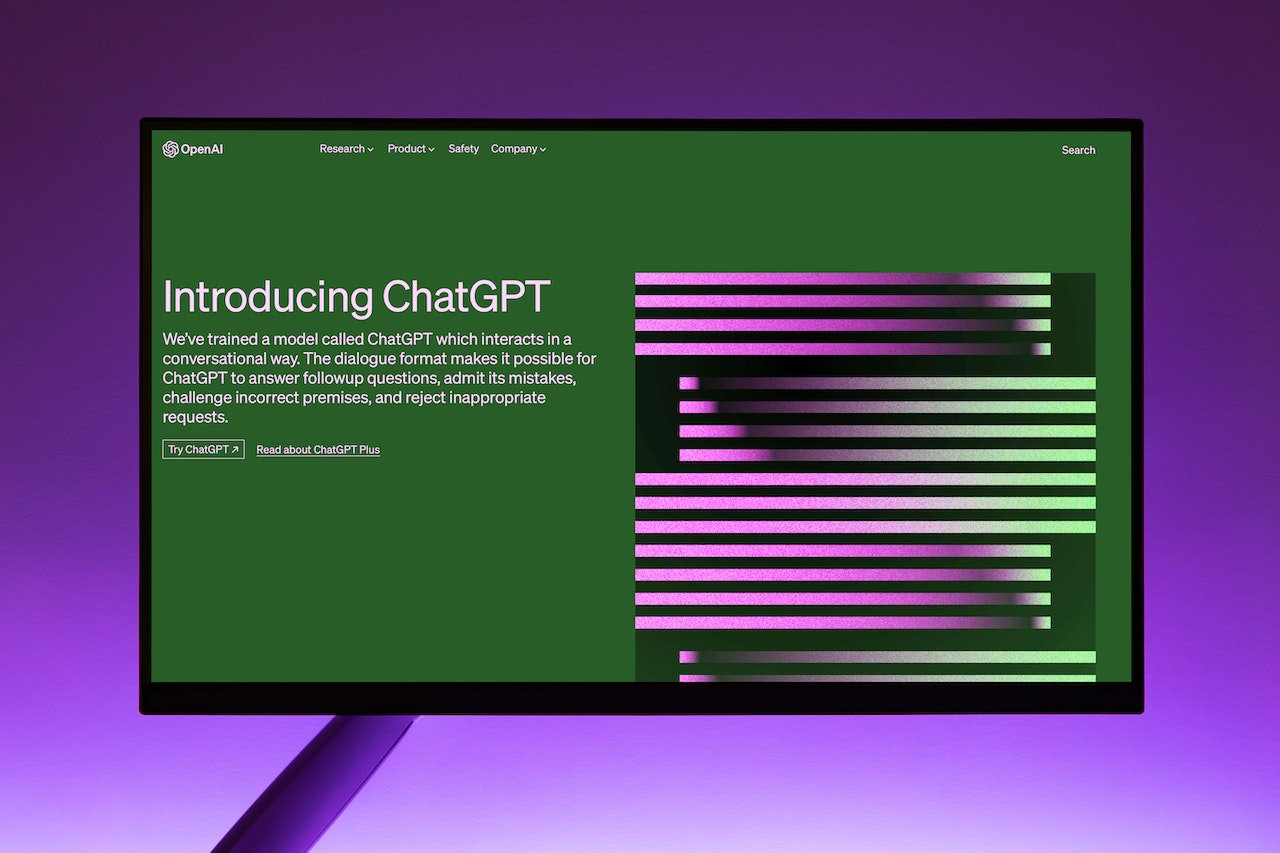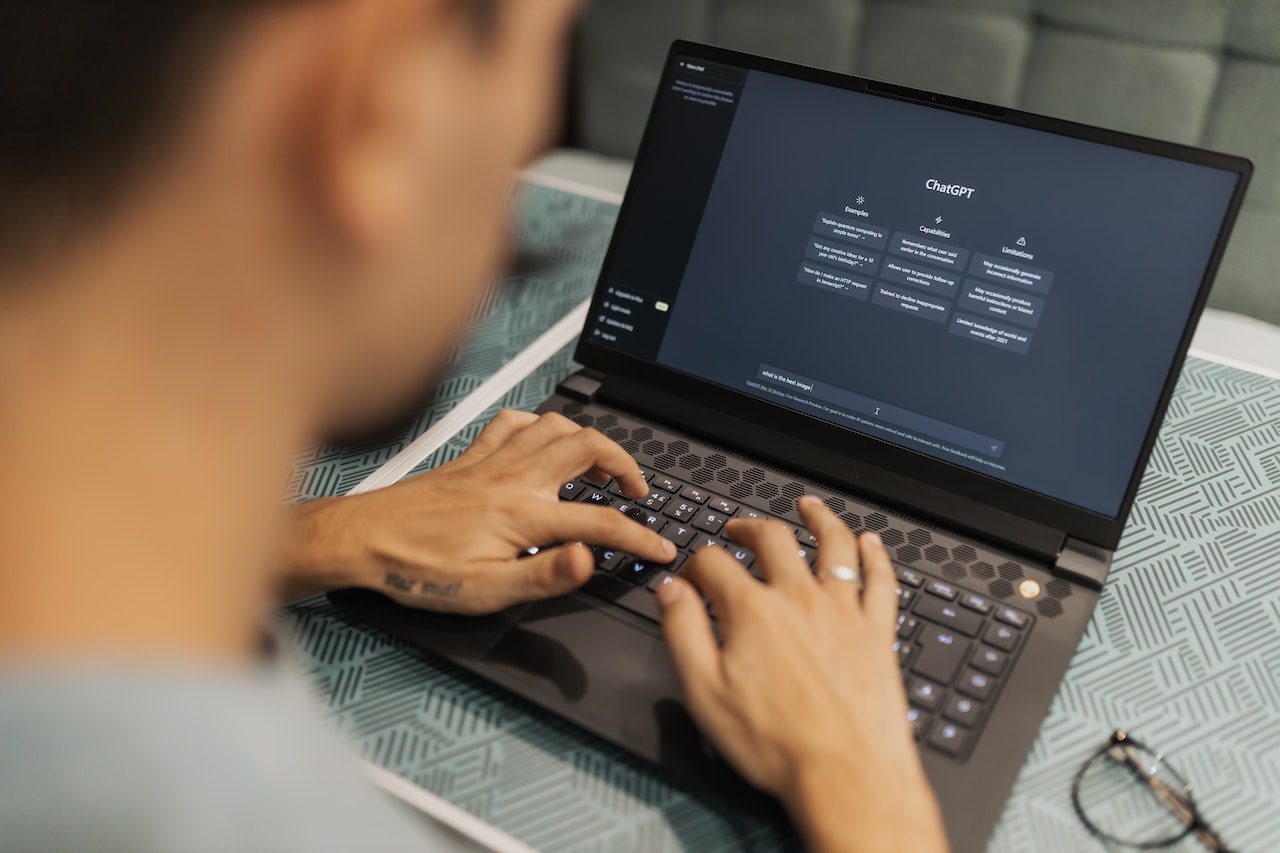AI (Artificial Intelligence) has revolutionized various industries, and the art world is no exception. Artists and enthusiasts are embracing AI as a powerful tool to create unique and captivating artwork. With the growing interest and demand for AI art, there are ample opportunities to make money in this exciting field. In this article, we will explore the world of AI art and discuss how artists can monetize their creations effectively.
Introduction
Artificial Intelligence has come a long way in recent years, with advancements in deep learning and generative algorithms. These technologies enable AI to create original artwork by analyzing vast amounts of data and learning patterns and styles from existing artworks. AI art combines the creativity of human artists with the computational capabilities of AI, resulting in stunning and thought-provoking pieces.
Understanding AI Art
AI art refers to artwork created or assisted by artificial intelligence systems. These systems can generate new images, compose music, or even produce poetry. AI algorithms are trained on extensive datasets, allowing them to understand various artistic styles, techniques, and elements. By leveraging this knowledge, AI can create original pieces that evoke emotions and challenge traditional notions of art.
Exploring the Potential of AI Art
The potential of AI art is vast and diverse. AI algorithms can generate abstract or realistic images, imitate the styles of famous artists, or even create entirely new artistic styles. This versatility opens up a world of possibilities for artists looking to experiment and push boundaries. AI art has the potential to challenge conventional artistic practices, explore novel aesthetics, and redefine the concept of creativity.
Benefits of AI Art for Artists
AI art offers several benefits for artists, both in terms of creative exploration and financial opportunities. Some key benefits include:
- Expanded Creativity: AI tools can provide artists with new perspectives, techniques, and inspiration, expanding their creative horizons.
- Time Efficiency: AI algorithms can generate artwork quickly, allowing artists to produce more pieces in less time.
- Unique Artistic Style: AI can help artists develop a distinct artistic style by blending their creativity with the computational patterns learned from various sources.
- Artistic Collaboration: Artists can collaborate with AI systems, working together to create unique and hybrid artworks.
- Increased Exposure: AI art often garners significant attention and media coverage, providing artists with increased exposure and recognition.
How to Make Money with AI Art
Now that we understand the potential and benefits of AI art, let’s explore some practical ways artists can monetize their AI creations:
1. Selling AI Art Online
One of the most popular avenues for selling AI art is through online platforms and marketplaces. Artists can showcase their AI-generated pieces on websites dedicated to AI art or even established platforms like Etsy or eBay. By leveraging targeted marketing strategies and optimizing their listings for relevant keywords, artists can attract potential buyers and sell their artwork worldwide.
2. Collaborating with AI as an Artist
AI art doesn’t have to be a solitary pursuit. Artists can collaborate with AI systems, combining their creative expertise with AI’s computational capabilities. Collaborative AI art projects can be showcased in galleries, exhibitions, or even commissioned by clients who appreciate the fusion of human creativity and AI innovation.
3. Creating AI Art for Commissions
Artists can offer AI art as a specialized service for commissions. This involves working closely with clients to understand their vision and preferences, using AI tools to generate customized artworks that align with their requirements. This personalized approach can attract clients seeking unique and technologically infused artwork.
4. Building an AI Art Portfolio
Artists looking to establish themselves in the AI art domain should focus on building a robust portfolio showcasing their AI-generated pieces. The portfolio should highlight their artistic style, versatility, and technical prowess in working with AI algorithms. A compelling and visually appealing portfolio can attract potential buyers, galleries, and collaborators.
5. Promoting and Marketing AI Art
Effective promotion and marketing are crucial to reach a wider audience and attract potential buyers. Artists can utilize social media platforms, art blogs, and online communities to showcase their AI art, share behind-the-scenes glimpses, and engage with art enthusiasts. Additionally, collaborations with influencers or partnering with AI art curators can boost exposure and credibility.
6. Pricing AI Artwork
Determining the right pricing strategy for AI artwork can be challenging. Factors such as the artist’s reputation, the complexity of the AI algorithms used, and the uniqueness of the piece should be considered. Artists can research the market, analyze pricing trends, and seek expert advice to ensure their AI art is priced competitively while reflecting its value.
7. Building an AI Art Business
Artists passionate about AI art can go beyond selling individual pieces and establish their AI art business. This involves creating a brand, developing a strong online presence, and offering various AI art-related services like workshops, tutorials, or consulting. Building a business around AI art can provide artists with sustainable income and opportunities for growth.




Challenges and Limitations of AI Art
While AI art offers immense potential, it also presents certain challenges and limitations that artists must be aware of:
- Lack of Emotional Depth: AI-generated artwork may lack the emotional depth and subjective experiences that human artists bring to their creations.
- Originality and Copyright: The issue of originality and copyright arises when AI algorithms generate artwork that closely resembles existing pieces or imitates famous artists’ styles. Artists should be cautious to avoid infringing upon others’ intellectual property.
- Technical Expertise: Working with AI algorithms requires technical knowledge and expertise, which artists may need to acquire or collaborate with experts in the field.
- Dependency on Data: AI algorithms rely heavily on the data they are trained on. Biases present in the training data can influence the generated artwork, leading to ethical concerns.
Ethical Considerations in AI Art
As AI becomes more prevalent in the art world, ethical considerations become crucial. Artists should ensure that their AI systems are trained on diverse and inclusive datasets, minimizing biases and promoting fairness. Transparency in the creation process and acknowledging the contributions of AI in the artwork is essential to maintain ethical standards.
Future of AI Art
The future of AI art holds tremendous possibilities. As AI technologies continue to advance, we can expect even more sophisticated and nuanced AI-generated artwork. AI tools may become integrated into traditional artistic processes, enabling artists to explore new creative avenues. However, it is crucial to strike a balance between human creativity and AI’s capabilities, ensuring that AI art remains a reflection of human expression and ingenuity.
Conclusion
AI art is transforming the art landscape, offering artists exciting opportunities to create and monetize their unique creations. By leveraging the potential of AI, artists can tap into new markets, collaborate with technology, and push the boundaries of artistic expression. While challenges and ethical considerations exist, embracing AI as a creative tool can lead to innovative and compelling artworks. So, whether you’re an artist or an art enthusiast, the world of AI art invites you to explore, create, and make money in this ever-evolving field.
FAQs
1. Can AI completely replace human artists? While AI can generate impressive artwork, it cannot replicate the depth of human creativity, emotion, and personal experiences that artists bring to their work. AI should be seen as a powerful tool to augment and enhance artistic expression rather than replace it.
2. How can artists maintain their artistic integrity while using AI? Artists using AI should approach it as a collaborator or tool, maintaining their artistic vision and decision-making throughout the creative process. Artists should experiment, adapt, and use AI to amplify their creativity rather than letting it dictate the entire outcome.
3. Are there any legal implications of using AI in art? Artists using AI should be mindful of copyright laws and ensure that their AI-generated artwork does not infringe upon intellectual property rights. It’s important to be aware of existing laws and seek legal advice if necessary.
4. What role does the art market play in the success of AI art? The art market plays a significant role in the success of AI art. As AI art gains recognition and popularity, the market’s acceptance and appreciation of these artworks will determine their value and demand.
5. How can artists stay updated with the latest advancements in AI art? Artists can stay updated with the latest advancements in AI art by actively engaging with the AI and art communities. Following relevant artists, attending workshops, and participating in discussions or forums dedicated to AI art can provide valuable insights and foster growth.





